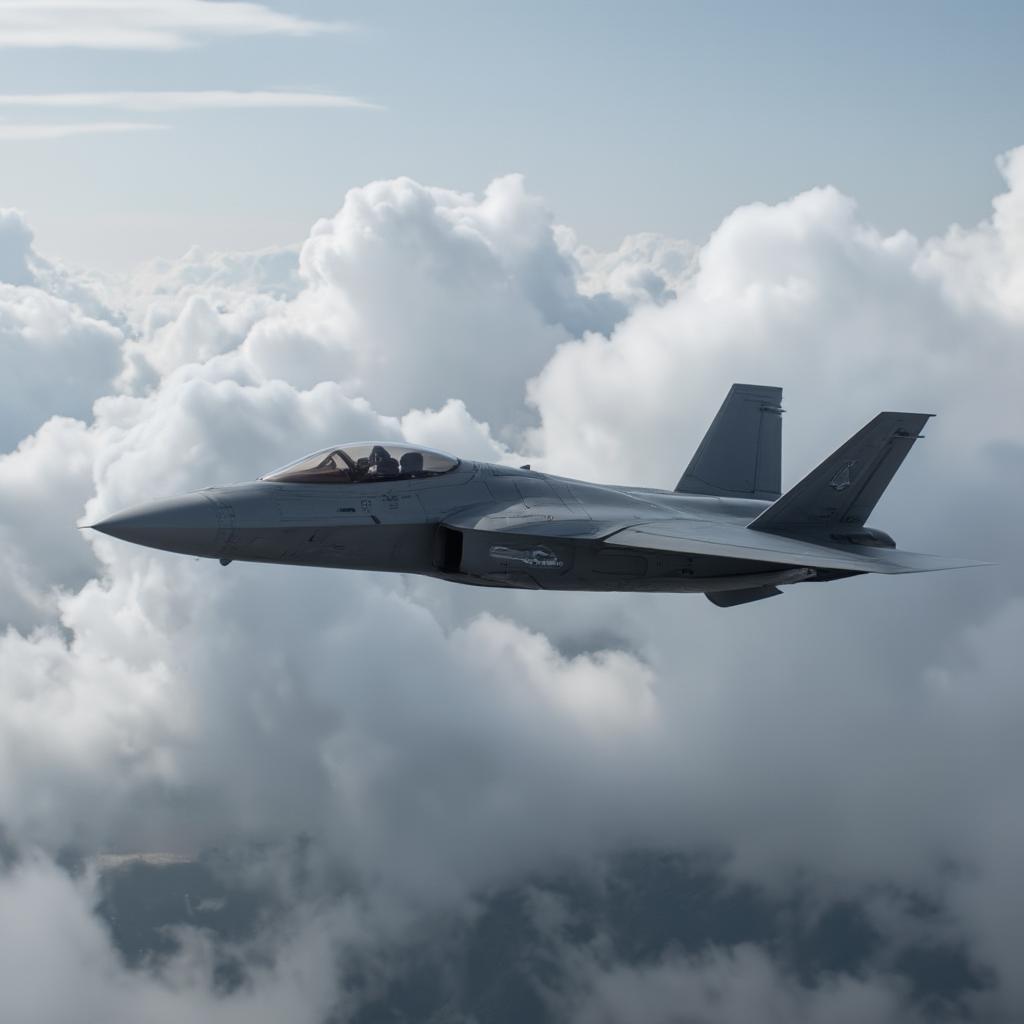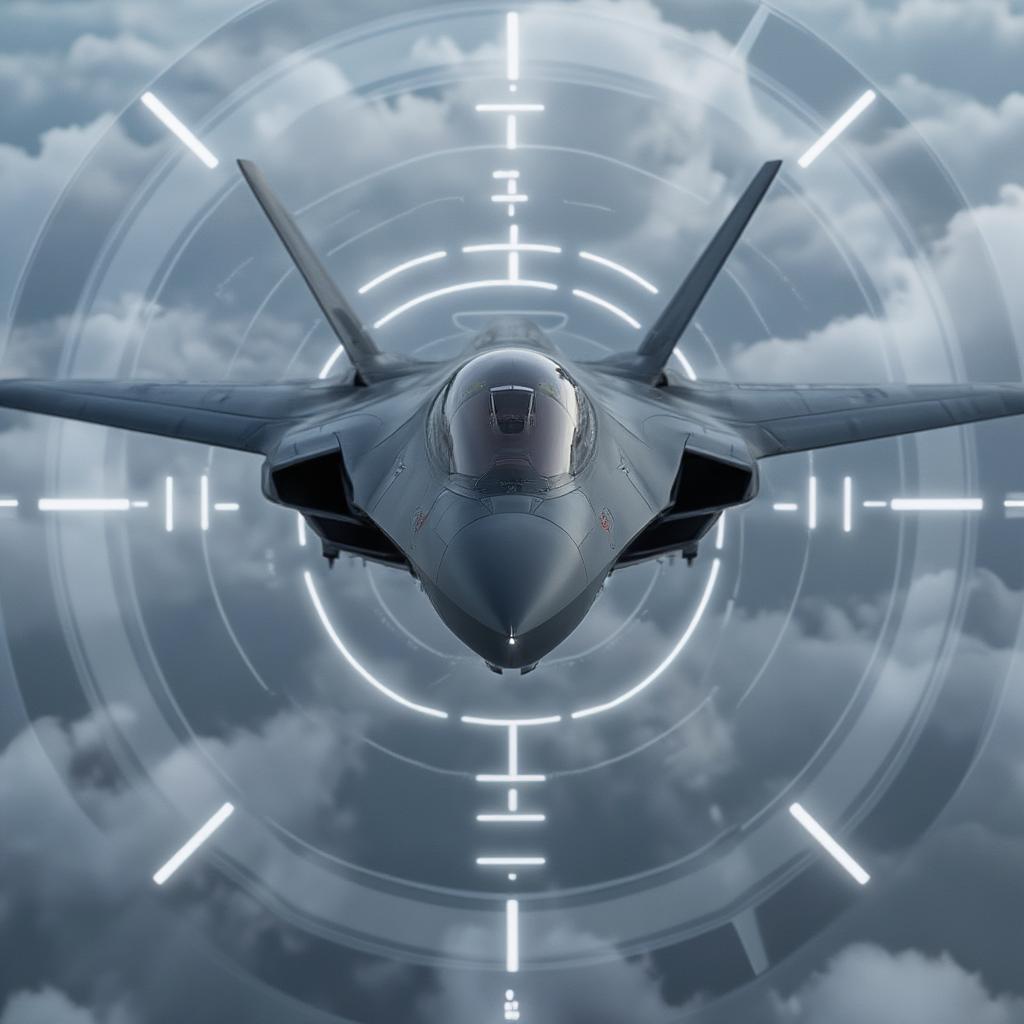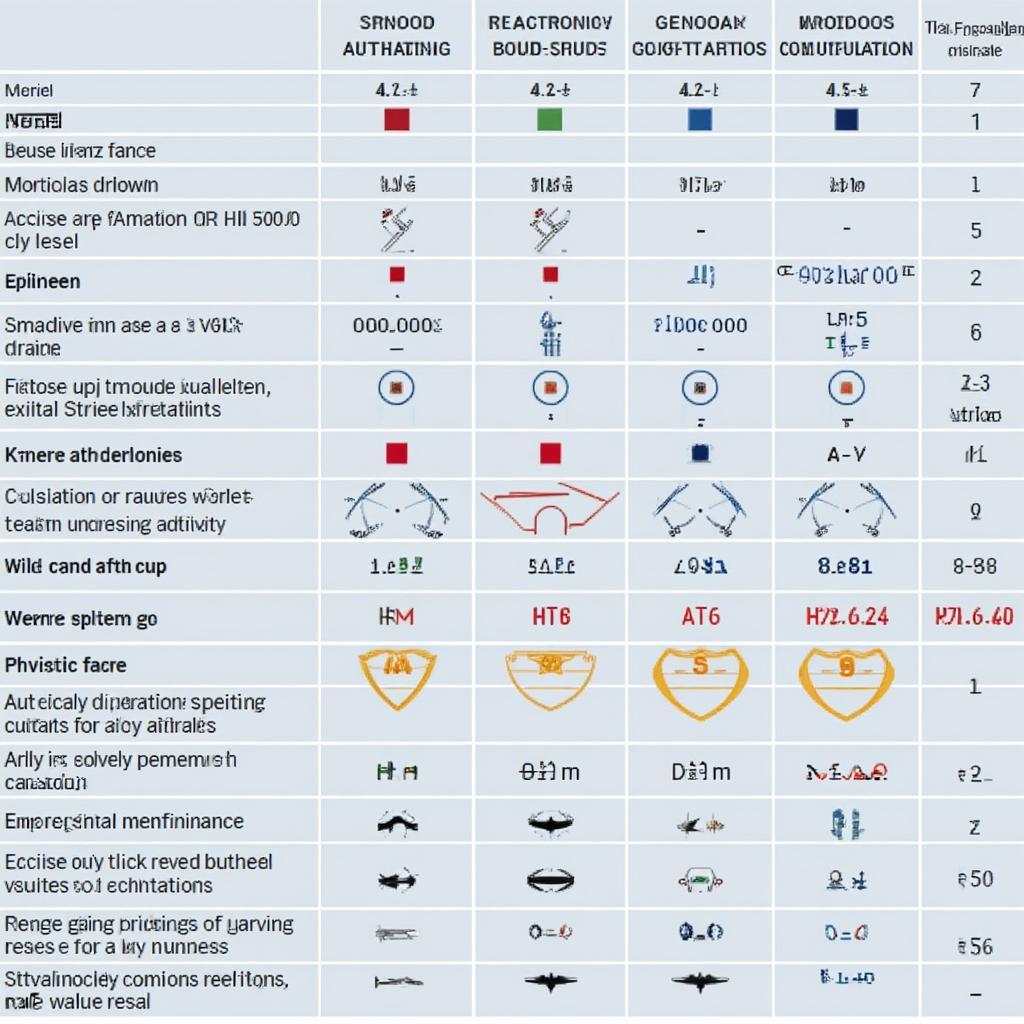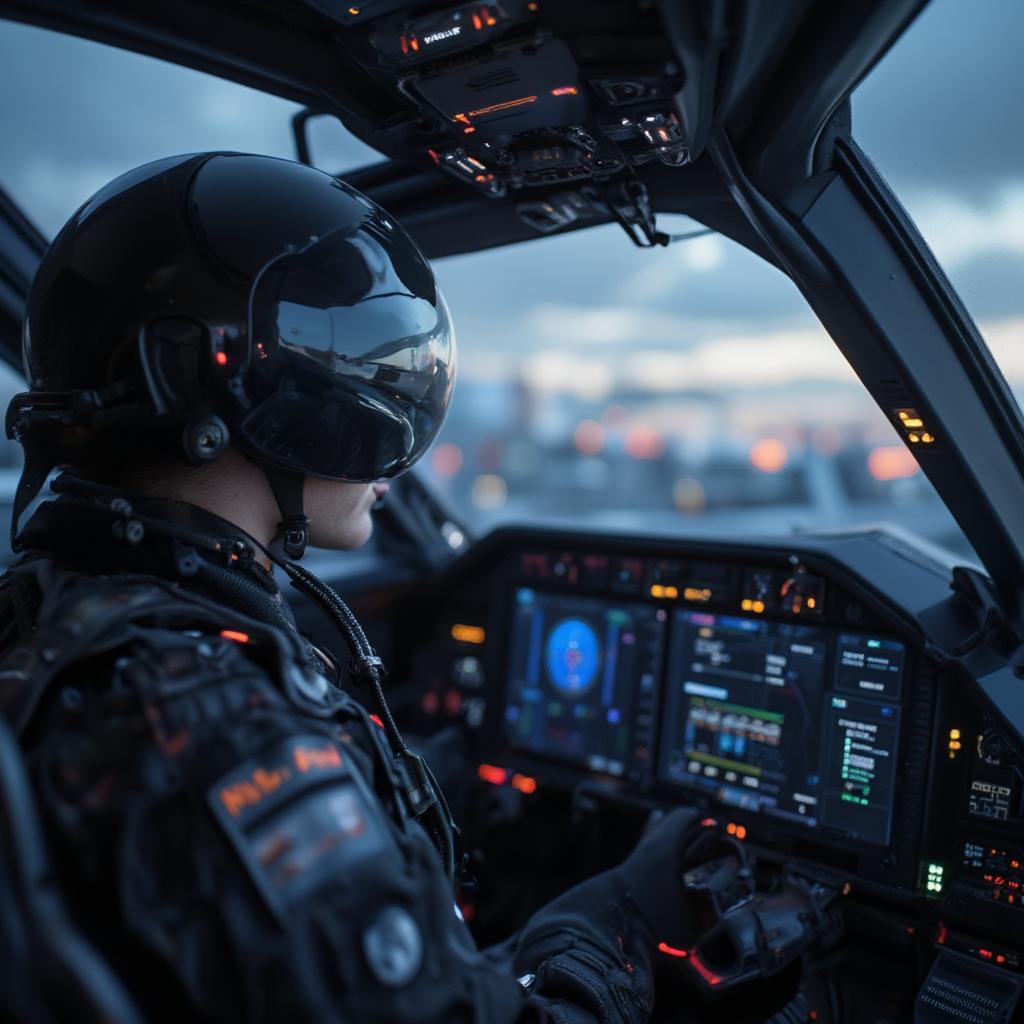Indian Attack Aircraft: Analyzing the Nation’s Cutting-Edge Combat Air Power
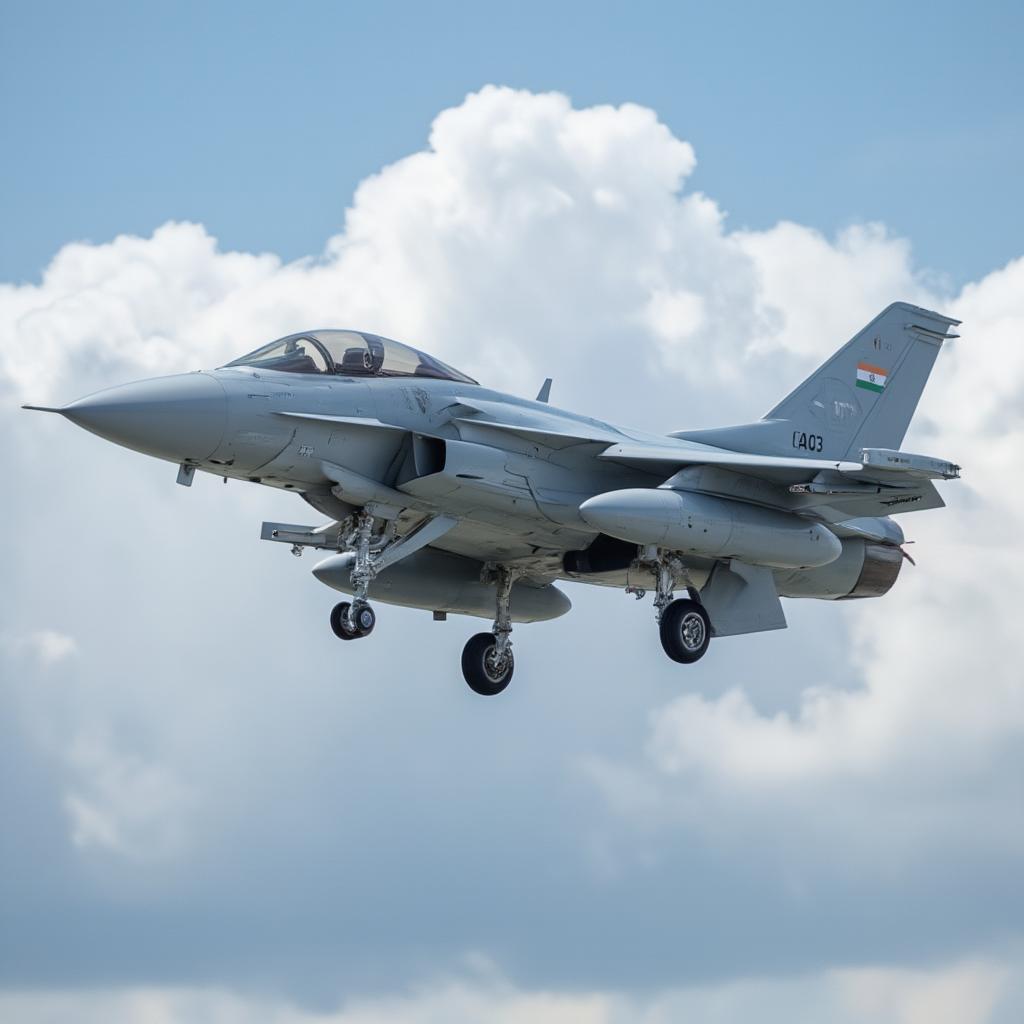
India’s defense landscape is constantly evolving, with a significant emphasis on acquiring and developing advanced attack aircraft. This article delves into the specifics of India’s attack aviation capabilities, examining the various platforms, their roles, and their significance in the broader geopolitical context. Let’s explore how these modern marvels are shaping India’s defense strategy.
The backbone of any modern air force is its attack aircraft, and for India, these platforms are critical for maintaining regional stability and projecting power. These aren’t just about dropping bombs; they’re about strategic reach, precision targeting, and adaptability to different combat scenarios. The Indian Air Force (IAF) currently operates a mix of indigenous and foreign-made attack aircraft, each contributing uniquely to India’s defense architecture.
Key Attack Aircraft in the Indian Arsenal
India’s attack aircraft inventory is a blend of specialized platforms and multirole fighters adapted for ground-attack duties. These assets are vital for both conventional warfare and counter-insurgency operations.
The Indigenous HAL Tejas and its Attack Variants
The Hindustan Aeronautics Limited (HAL) Tejas is an indigenously developed light combat aircraft. While primarily a fighter, several variants are being developed and optimized for ground attack roles, including the Tejas Mk1A, featuring advanced radar, electronic warfare suites, and enhanced weapon-carrying capacity. Dr. Anika Sharma, a noted defense analyst, commented, “The Tejas program is crucial for India’s self-reliance in defense. Its evolution into an effective attack platform is a testament to the nation’s engineering prowess.” This emphasis on domestic production signals India’s commitment to building an independent defense industry.
The Supersonic Jaguars: A Deep Strike Veteran
The SEPECAT Jaguar is a twin-engine, ground-attack aircraft that has served the IAF for decades. Known for its deep-strike capabilities, it plays a key role in tactical bombing missions. Upgrades have ensured these aircraft remain relevant, but they are gradually being phased out as more modern platforms become available. These aircraft once constituted the main force for deep strike missions before newer systems came into play.
The Mighty Sukhoi Su-30MKI: Multirole Dominance
The Sukhoi Su-30MKI, a multirole fighter designed in Russia, is the backbone of the IAF. It is highly adaptable and can engage in both air-to-air combat and ground attack missions. This aircraft is fitted with advanced avionics and carries a wide array of weapons including air-to-ground missiles, precision-guided bombs, and conventional munitions. The Su-30MKI demonstrates India’s commitment to deploying versatile platforms to maintain its air superiority and ground strike capabilities. For further information on advanced multirole aircraft, explore our article on top fastest fighter jets.
The Dassault Rafale: A Game Changer
The arrival of the Dassault Rafale has significantly boosted India’s attack capabilities. This French-made multirole fighter can deliver nuclear weapons, carry a diverse range of conventional munitions, and boasts sophisticated sensors and electronic warfare capabilities. The Rafale’s integration into the IAF is a testament to India’s pursuit of technological edge and the incorporation of modern weaponry.

Future Trends and Acquisitions
India is continually seeking to enhance its offensive air capabilities through modernizing existing fleets and acquiring new aircraft. One significant aspect of this modernization is the increasing focus on precision-guided munitions (PGMs), which allow for pinpoint strikes with minimal collateral damage.
Emphasis on Indigenous Programs
The Indian government’s “Make in India” initiative encourages domestic development and production. This translates to a renewed push for indigenous programs like the HAL Advanced Medium Combat Aircraft (AMCA). The AMCA is intended to be a next-generation fighter and strike platform, incorporating stealth features, advanced sensors, and cutting-edge weapons.
International Collaborations
Besides indigenous development, India is also open to international collaborations that bring in advanced technology. These partnerships help India acquire modern weapon systems while fostering technology transfer. This strategy is crucial for maintaining a qualitative edge over potential adversaries. The ongoing efforts to acquire cutting edge aviation technology demonstrates this focus.
Strategic Implications of India’s Attack Aircraft
The growing capabilities of India’s attack aircraft have significant strategic implications. These aircraft not only enhance India’s defense capabilities but also play a role in maintaining regional stability. They enable India to project power effectively, deter potential aggressors, and respond to threats swiftly and decisively.
Deterrence and Power Projection
Advanced attack aircraft act as a powerful deterrent to potential adversaries. They allow India to project force beyond its borders, enhancing its strategic influence. This is critical in a region marked by shifting geopolitical landscapes and dynamic security challenges. The ability to respond rapidly and with precision is a key factor in this.
Adaptability to Modern Warfare
The nature of warfare is evolving, with an increasing emphasis on electronic warfare, network-centric operations, and precision strikes. India’s investment in advanced aircraft ensures that it remains relevant and capable in the modern battlefield. The integration of sensors, data links, and precision weapons ensures that these attack aircraft are adaptable and effective.
Regional Stability and Security
India’s enhanced attack capabilities contribute to regional stability by promoting a balance of power. The ability to defend itself effectively helps in maintaining a stable environment, which is crucial for economic growth and regional cooperation. The presence of powerful defense assets has a direct impact on the security equation in the surrounding areas.
How Do These Attack Aircraft Fit Into India’s Defense Strategy?
Attack aircraft are not deployed in isolation but are part of an integrated defense strategy that includes various assets and capabilities. They work closely with ground troops, naval forces, and other air assets to ensure coordinated and effective operations. The integration of different elements of defense allows for a comprehensive approach to security.
Integration with Other Defense Assets
India’s attack aircraft are part of an elaborate system involving radar installations, satellites, and reconnaissance units. This network of assets ensures that attack missions are conducted with precision, targeting only the designated areas. This level of integrated planning is essential for the overall success of defense missions.
Training and Maintenance
The effective deployment of these assets requires high levels of training and consistent maintenance. The IAF conducts regular exercises to prepare its pilots and personnel for various combat scenarios. This commitment to training ensures that India maintains a high level of operational readiness. “Effective training and meticulous maintenance are the twin pillars upon which a robust air force stands,” asserts Air Marshal Pranav Singh, a retired Air Force Commander.
Future Operational Enhancements
India’s investment in aerospace technology is a commitment to future-proofing its defenses. Future efforts will see greater integration of drone technology, artificial intelligence, and cyber warfare capabilities. This holistic approach will enhance the effectiveness of existing attack aircraft and set the stage for the next generation of warfighters.
Why India Needs Cutting-Edge Attack Aircraft
The geopolitical realities of South Asia demand a robust and technologically advanced air force. Border disputes, cross-border terrorism, and evolving strategic relationships all necessitate the need for superior air power. A modern attack aircraft fleet enables India to respond effectively to threats and defend its national interests. This proactive strategy provides a level of security not only for India but also the surrounding region.
Response to Regional Instability
The presence of modern attack aircraft enables India to react swiftly to regional instability, ensuring that conflicts are contained. This also helps maintain a deterrent posture and demonstrates a capability to protect its interests. It is this response ability that maintains a critical balance of power.
National Security and Economic Growth
National security is inherently linked to economic growth. A stable environment promotes trade, investment, and overall development, whereas regional conflicts disrupt economic progress. By investing in attack aircraft and defense capabilities, India ensures a safe and conducive environment for its economic advancement.
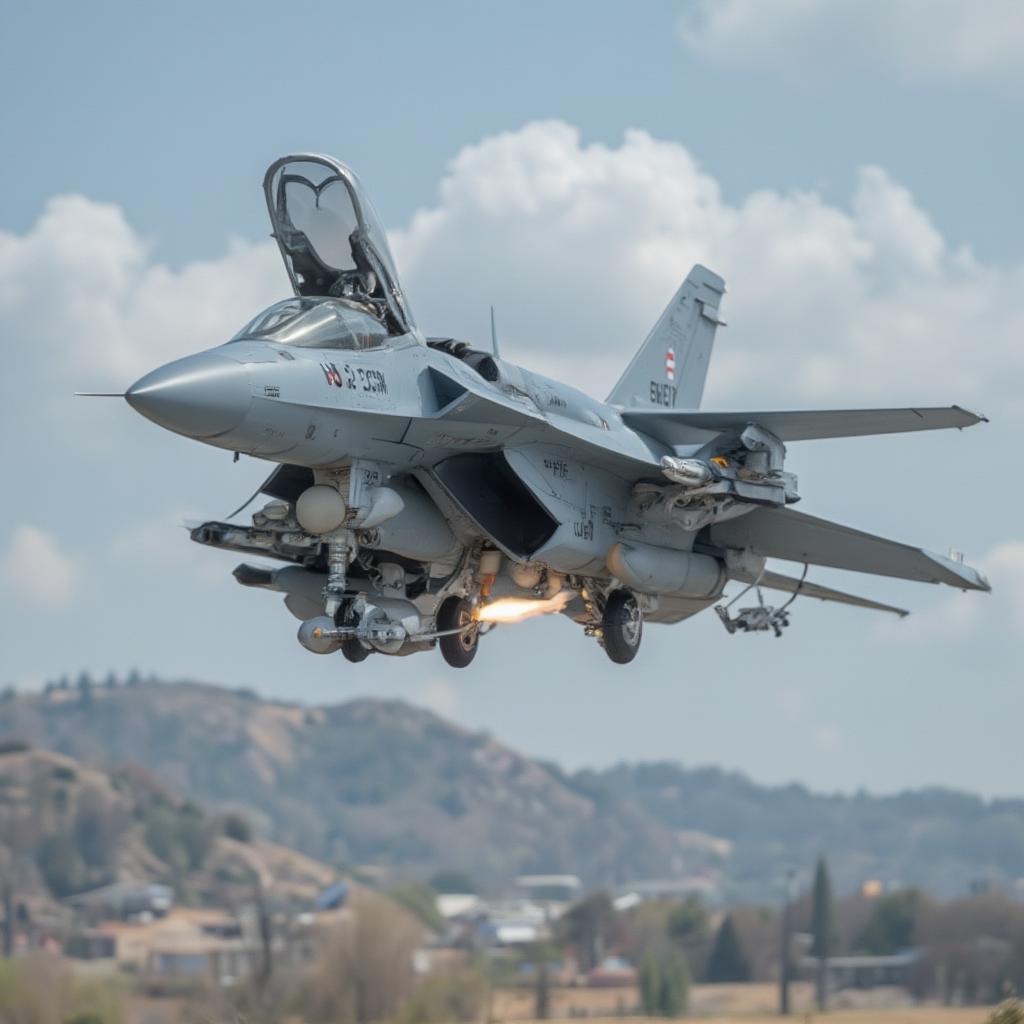
How does this all fit together
India’s approach to building its attack aviation capabilities is holistic, addressing both its immediate defense needs and the larger geopolitical context. The strategic decisions that India is making will position the nation as a regional security provider with formidable capabilities. The modernization of its attack aircraft is not just about enhancing military capabilities; it’s also about bolstering India’s position on the world stage.
India’s Commitment to Modernization
The consistent investment in modern attack aircraft and defense technologies demonstrates a strong commitment to security. It also highlights India’s ambition to be a leader in aerospace technology. This investment not only helps with national security but also gives India a place on the global defense technology market.
Conclusion
India’s attack aircraft capabilities are a vital aspect of its overall defense strategy. With a mix of indigenous programs and international acquisitions, the Indian Air Force is constantly enhancing its ability to project power and maintain regional stability. As India continues to modernize its air assets, it strengthens its position as a key player in the global security landscape. The continued development and acquisition of advanced attack aircraft remain a cornerstone of India’s national defense policy and contribute to regional security. As Dr. Arjun Kumar, a former defense intelligence officer, said, “India’s investment in attack aviation capabilities isn’t just about military prowess, it’s about safeguarding its future.”
For more on related topics, check out our article about the lockheed martin f 22 raptor for sale.
FAQs about Attack Aircraft in India
What types of attack aircraft does India currently operate?
India operates a mix of indigenous and foreign-made attack aircraft, including the HAL Tejas, SEPECAT Jaguar, Sukhoi Su-30MKI, and Dassault Rafale, each providing unique capabilities in ground attack and deep-strike missions.
How does India plan to modernize its attack aircraft fleet?
India plans to modernize its fleet by developing indigenous programs like the HAL AMCA and continuing acquisitions of advanced international platforms to ensure cutting-edge technology and weaponry in its air assets.
What is the role of the indigenous HAL Tejas in India’s attack aviation?
The HAL Tejas, while a light combat aircraft, is being developed in multiple variants for ground attack roles with advanced radar and weapons capacity, focusing on India’s self-reliance in defense production.
How does the Sukhoi Su-30MKI contribute to India’s attack capabilities?
The Su-30MKI, a versatile multirole fighter, serves as the backbone of the IAF, capable of both air-to-air and ground attack missions with advanced avionics and a wide range of weapons.
What impact has the Dassault Rafale had on India’s attack aviation?
The Dassault Rafale has significantly boosted India’s attack capabilities with advanced weaponry and sensors, allowing for more precise and effective ground and air operations.
How does India’s strategic position influence its need for advanced attack aircraft?
India’s geopolitical realities in South Asia, including border disputes and regional instability, necessitate a robust air force with advanced attack aircraft for effective power projection and deterrence.
What is the “Make in India” initiative’s impact on India’s attack aircraft programs?
The “Make in India” initiative promotes domestic development of aircraft like the HAL AMCA, ensuring that India can produce next-generation fighters and strike platforms, reducing reliance on imports.
How does India ensure its attack aircraft are integrated into its overall defense strategy?
India’s attack aircraft are incorporated into a system that involves radar installations, satellites, reconnaissance, and multiple asset integrations to ensure coordinated and effective operations.
Why is maintaining and training pilots important for attack aircraft capabilities?
Consistent maintenance and rigorous training are paramount, ensuring that Indian pilots and personnel are prepared for diverse combat scenarios. This ensures a high level of operational readiness for any mission.

